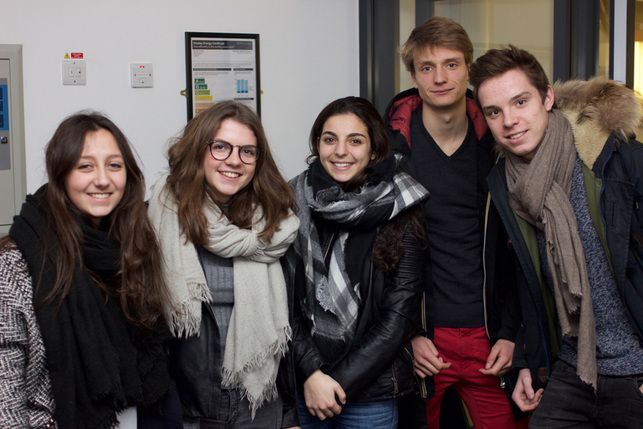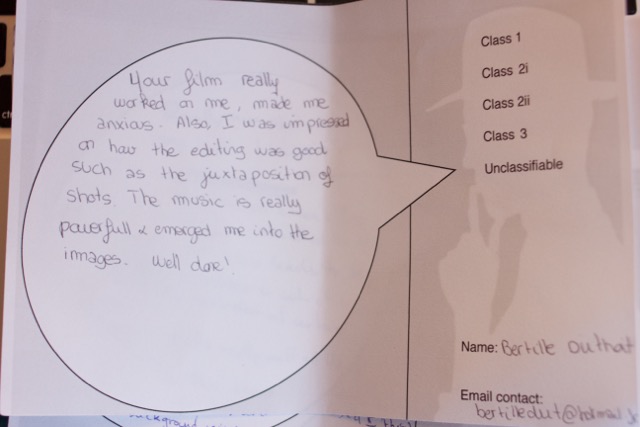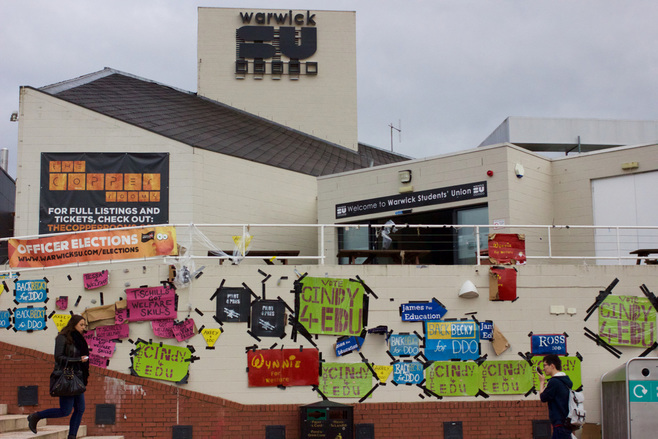|
The green Gras is radiating a little less green and vibrant these days and this not necessarily attributable to the ageing process with a fading of optical and aural powers. I have climbed onto a plateau and am now looking back on those 25 plus years spent in the valley of labour. I can just make out my former self as a speck on the horizon. Zooming in we see a late bloomer who is negotiating the well-worn path of part-time jobs to fund the writing, photography, drawing and film making. There is energy exerted in between bouts of inertia. A transformational moment occurs in 2008 with a resolve to become a full-time artist. Patience, practice and process are now married with project work. Making others share in your ideas and securing funding to make these dream come to fruition. Successful projects include eco work for the Cultural Olympiad and a recent V&A community artist residency that allowed residents of North Kensington to connect with the museum on the theme of regeneration and social change. All peaks are followed by troughs in the valley. One such is Birth Control - a site specific installation about the North Kensington Women's Welfare Centre that failed to secure Wellcome Trust funding. I have compiled a selective slide show of all those shades of Gras with drawings and photos that span from 1984-2016. The artful "selfie" has always been an intrinsic part of self-reflection, role-play and a desire to establish points of permanence (or the illusion of closure) in a rapidly changing world. These images show a movement from youthful, solitary immersion in a photographic dark room to the collective joys of drawing with oil pastels. I'm just getting into my stride and being an optimistic soul, look forward to the unknown challenges in the next 25 years.
0 Comments
I am a basic human right The Radical Housing Network recently set up a squat and pop up community space ahead of the national demonstration march against the Housing and Planning Bill that was held on the 13th March 2016. In response to these issues, I started a large scale drawing. It began very quietly by allowing others to interact and collaborate. The first mark was made by Edward Daffarn from Grenfell Action Group who described the issues facing the tower block he lives on at Lancaster West estate. This was followed by Colin Stone, a film maker, who made a delicate sketch of the concrete building in Hulme that he lived on as a child: "home to rise rises, poverty, creativity and me." A student from Germany registered her incredulity over the phenomenon of poor doors - a separate entrance in a housing block for those living in less expensive apartments. A toddler wandered over and struggling to differentiate the tip from the base of a crayon, made furtive stabbing motions on the surface of the paper. He eventually made a mark. The child's mother who lives in Camden at a housing co-op called Heathview was more celebratory in describing her home: "sustainable, affordable and community." The drawing was in motion. I provided more detail and joined-up colours. We had started a visual debate into the current housing crisis and the government's lamentable response in building affordable homes. How do artists and the community visualise these complex but fundamental social issues and create campaigning art work? Fight the housing squid This-That returned to Warwick University on 3rd March after a hiatus of 26 years. The film was made by Jacob Barua and myself in 1989 when we were third year Film and Literature students. It was screened as part of a programme celebrating filmmaking on the campus over the past 50 years. The film was presented as work in process and so the feedback from contemporary students was invaluable. What did they make of this dramatic portrait of an enigmatic student who finds transcendence in Greek mythology? Bertille Outhat: "Your film really worked on me, made me anxious. Also, I was impressed on how the editing was good, the juxtaposition of shots. The music is really powerful and emerged me into the images. Well done!" Alexandre Rougle: "Really nicely shot and very well filmed. The mysterious character is keeping us interested to see more but also leads to incomprehension which can lead to boredom at certain points. Music cuts really well at all the scenes. Really like the scene in the cafe and bar and the background voices. The text could be better used I think." [The latter a reference to the graphic typewriter effects used to evoke the disorientated state of mind of the student-poet who is the central character of the film.] Estelle Botbol: "Very nice job. Interesting atmosphere although too mysterious for me to understand. Loved the background sounds and music and the colours. Very mysterious!" Nathalie Caiman: "I found the film to be very interesting, despite somethings that I could not really understand to the fullest. It’s very moving. So This-That film making around campus was already a thing in 1989 and that it is still going on nowadays. The music was also beautiful and enriched every scene to make them even more vibrant." Geoffrey Mugford: "Suggestions for improvement: cut half the running time, adjust sound levels as there were some slight sync problems, market as vintage / charming out of time campus and think about colour grading (if possible)." This is all food for thought, especially as we received very little feedback from the 100 students who saw the film all those decades ago. Our student film is dedicated to those who taught us to fly and it was poignant to be reunited with both Charlotte Brunsdon and the recently retired Victor F. Perkins who is the founding father of film at Warwick. During my return to campus, I was searching for the name of music bands that featured in the film and whose identity still eludes us. We want to pay tribute to them in our rolling end credits. The Boar is the student paper for the campus, but alas the copies for April 1989 were not present in either the union's own archive or in the Modern Records Centre. If anyone can shed light on these musical performers, please do not hesitate to contact me. Do you know the names of these 1989 bands and musical performers? As one would expect there were tremendous changes to the campus: a student population nearly trebled to 28,000; new buildings or adaptions to buildings, most noticeably a revamped student union; the ubiquitous Costa coffee; Amazon delivery lockers. But the beating heart and philosophical soul remains the same - students at an exciting juncture in their adult lives. In the late 1980s' politics revolved around the Apartheid regime in South Africa (Nelson Mandela bar has long gone), the Tory government introducing the first proposal for student loans and what features most noticeably in our film, the unravelling of the Communist bloc in Eastern Europe and the student protest movement in China. As This-That was once again being screened, the campus was aflutter with students campaigning to become the next Sabbatical, Liberation, Faculty, and Environment and Ethics Officers as well as elected delegates to the National Union of Students Conference. As our film dramatises the alienation of a student, it's reassuring to witness the activities of a new generation as they shape power structures and build a new future. |
Categories
All
Archives
May 2024
|















 RSS Feed
RSS Feed
